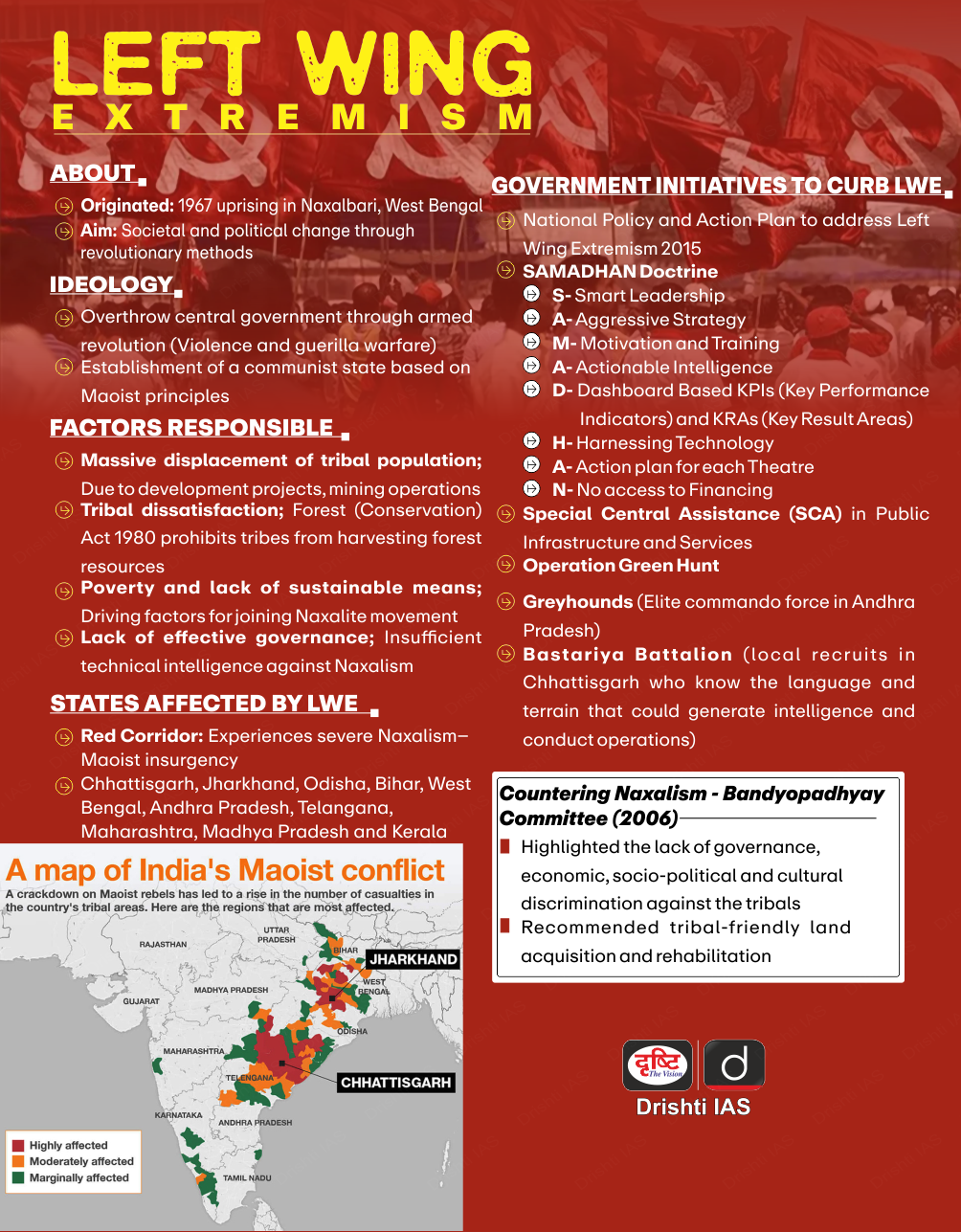Maharashtra Switch to Hindi
Mercy Petitions Cell for Death Row Convicts
Why in News?
The Maharashtra government created a dedicated cell under the Additional Secretary (Home) to handle mercy petitions filed by death row convicts. This cell will ensure a prompt execution of the process.
Key Points
- Supreme Court Order:
- In December 2024, the Supreme Court directed all states to establish dedicated cells for handling mercy petitions of death row convicts.
- The court observed that delays in executions had a dehumanizing effect on individuals awaiting their fate.
- Formation of Maharashtra’s Dedicated Cell:
- Following the SC order, the Maharashtra Home Department held a meeting to establish a dedicated cell.
- The nine-member committee includes senior prison officers, court officials, and other stakeholders.
- The committee will convene every three months to ensure prompt processing of mercy petitions.
- Objective of the Committee:
- Officials stated that delays in mercy petitions could unfairly benefit convicts and cause undue distress.
- The committee aims to ensure that mercy petitions are addressed at the earliest and their status is promptly conveyed to the convicts.
Mercy Petition
- About:
- A mercy petition is a formal request made by someone who has been sentenced to death or imprisonment seeking mercy from the President or the Governor, as the case may be.
- The idea of Mercy Petition is followed in many countries like the United States of America, the United Kingdom, Canada, and India.
- Everyone has the basic right to live. It is also mentioned as a fundamental right mentioned under Article 21 of the Indian Constitution.
- Philosophy behind: The philosophy behind the pardoning powers in India is rooted in the recognition that no judicial system is infallible and the need for a mechanism to rectify potential judicial errors.
- Rectification of Judicial Errors: This safeguard acts as a corrective measure against potential miscarriages of justice.
- For example, in 2012, 14 judges from the Supreme Court and High Courts, in separate letters to the President of India, highlighted cases from the 1990s where courts had wrongfully awarded capital punishment to 15 individuals, two of whom were subsequently executed.
- Maintaining Public Trust: One of the core objectives of the pardoning power is to uphold and maintain the trust of the common man in the criminal justice system.
- Rectification of Judicial Errors: This safeguard acts as a corrective measure against potential miscarriages of justice.
- Constitutional Framework:
- As per the Constitutional framework in India, a mercy petition to the President is the last constitutional resort a convict can take when he is sentenced by a court of law. A convict can present a mercy petition to the President of India under Article 72 of the Constitution of India.
- Similarly, the power to grant pardon is conferred upon the Governors of States under Article 161 of the Constitution of India.
- Article 72:
- The President shall have the power to grant pardons, reprieves, respites or remissions of punishment or to suspend, remit or commute the sentence of any person convicted of any offence:
- In all cases where the punishment or sentence is by a Court Martial
- In all cases where the punishment or sentence is for an offence against any law relating to a matter to which the executive power of the Union extends
- In all cases where the sentence is a sentence of death.
- Article 161:
- It provides that the Governor of a State shall have the power to grant pardons, reprieves, respites or remissions of punishment or to suspend, remit or commute the sentence of any person convicted of any offence against any law relating to a matter to which the executive power of the State extends.
- The SC in 2021 held that the Governor of a State can pardon prisoners, including death row ones, even before they have served a minimum 14 years of prison sentence.


Maharashtra Switch to Hindi
Maharashtra Cabinet Approval for New Projects
Why in News?
Maharashtra Chief Minister approved the policy on electric bike taxis to benefit solo commuters across the State. The Cabinet also cleared nine key decisions, including infrastructure projects such as the Sindphana river projects and the Gadchiroli railway project.
Key Points
- Policy on E-Bike Taxis:
- The policy prioritizes women's safety with a partition between the front and pillion riders and a roof cover for monsoon protection.
- The government is working on an affordable revenue model for single passengers.
- The initiative is expected to generate 10,000 jobs in the Mumbai Metropolitan Region and 20,000 jobs across Maharashtra.
- The policy offers Rs 10,000 aid to children of auto-rickshaw and taxi drivers associated with a government-certified corporation who wish to apply for e-bike taxis.
- The policy is based on recommendations from a committee led by Ramnath Jha.
- Mining Foundation and Railway Development in Gadchiroli:
- The Cabinet approved the establishment of the Gadchiroli District Mineral Foundation to promote industrial development in the tribal district.
- The foundation aims to support ultra mega projects and MSME projects in the region.
- The government approved the formation of an authority to monitor the mineral sector, chaired by the Chief Minister with 13 other members.
- The executive committee, led by the Chief Secretary, will oversee the authority’s decisions.
- The Cabinet sanctioned Rs 1,886.05 crore for the Wadsa-Desaiganj-Gadchiroli railway project, with the State contributing 50% (Rs 943.025 crore) of the cost.
- AI-Based Law Enforcement and Infrastructure Projects:
- The government approved the establishment of Maharashtra Research and Vigilance for Enhanced Law Enforcement (MARVEL) to integrate Artificial Intelligence into law enforcement.
- Infrastructure Approvals:
- Rs 161.12 crore sanctioned for Nandurbar district’s Nagthan Medium Project.
- Rs 58 crore allocated for three projects on the Sindphana river.
- Rs 79.71 lakh incentive grant approved for 500 farmers in Murbad taluk, Thane district.

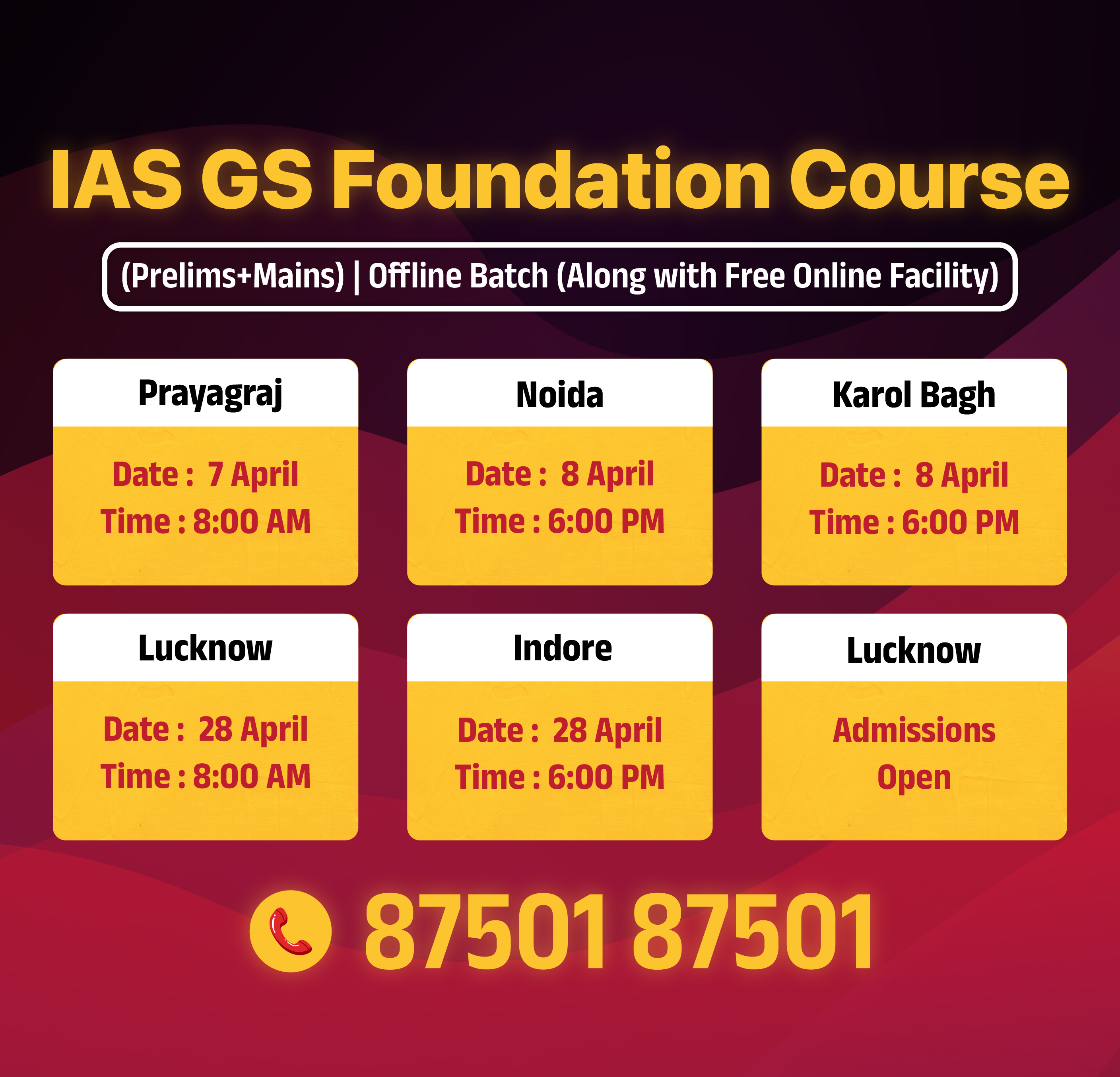
Chhattisgarh Switch to Hindi
PM Inaugurates Development Works in Chhattisgarh
Why in News?
The Prime Minister laid the foundation stone, launched construction, and dedicated multiple development projects worth over Rs 33,700 crore in Bilaspur, Chhattisgarh.
Key Points
- Development Initiatives:
- The PM announced a series of developmental projects aimed at accelerating Chhattisgarh’s progress.
- These initiatives include housing for the underprivileged, improved infrastructure in education, transportation, and energy sectors, and enhanced connectivity.
- He emphasized that these projects would not only improve public convenience but also generate employment opportunities.
- He highlighted the fulfillment of homeownership dreams for three lakh poor families under the Pradhan Mantri Awas Yojana-Gramin (PMAY-G).
- Supporting Farmers and Ensuring Transparent Governance:
- He reaffirmed the government’s commitment to Chhattisgarh’s farmers and women, ensuring the fulfillment of past promises.
- He announced the clearance of two years’ pending bonuses to paddy farmers and the procurement of paddy at increased Minimum Support Price rates.
- Chhattisgarh’s 25th Anniversary: "Atal Nirman Varsh"
- As Chhattisgarh enters its Silver Jubilee year, PM declared 2025 as "Atal Nirman Varsh," dedicated to the legacy of Atal Bihari Vajpayee.
- He emphasized that the newly launched infrastructure projects align with the long-term vision for the state’s prosperity.
- Expanding Infrastructure in Tribal Regions:
- He highlighted the progress made in enhancing connectivity, transportation, and public services in remote tribal areas.
- He inaugurated new railway projects and marked the complete electrification of Chhattisgarh’s rail network.
- He emphasized the government's commitment to ensuring essential services like education and healthcare reach underserved communities.
- Strengthening Chhattisgarh’s Energy Sector:
- PM laid the foundation stone for National Thermal Power Corporation Limited’s Sipat Super Thermal Power Project Stage-III (Rs 9,790 crore) and Chhattisgarh’s first Super Critical Thermal Power Project (Rs 15,800 crore).
- He dedicated three power transmission projects under POWERGRID (Rs 560 crore) to the nation, aiming to enhance the state’s energy infrastructure.
- The initiatives aim to make Chhattisgarh self-reliant in power generation and meet growing energy demands.
- Advancing Renewable Energy and Clean Fuel Initiatives:
- PM launched Bharat Petroleum’s City Gas Distribution project (Rs 1,285 crore) across multiple districts.
- He also inaugurated Hindustan Petroleum’s Visakh-Raipur Pipeline Project (Rs 2,210 crore) to improve fuel supply efficiency.
- He introduced the ‘PM Suryagarh Muft Bijli Scheme,’ allowing households to generate solar power and eliminate electricity costs.
- Enhancing Road and Railway Connectivity:
- The PM laid the foundation stone for seven railway projects (108 km) and inaugurated three completed railway projects (111 km), totaling Rs 2,690 crore.
- He launched multiple national highway projects to improve connectivity in tribal and industrial areas, strengthening economic and social integration.
- Elevating Education and Skill Development:
- The PM inaugurated 130 PM SHRI Schools across 29 districts, enhancing education infrastructure.
- He launched the Vidya Samiksha Kendra (VSK) at Raipur to enable real-time monitoring of education programs.
- Addressing Historical Neglect and Combating Naxalism:
- He emphasized initiatives like Swachh Bharat Abhiyan, Ayushman Bharat, and PM Jan Aushadhi Kendras to support tribal communities.
- He announced the "Dharti Aaba Janjatiya Utkarsh Abhiyan," allocating Rs 80,000 crore to uplift 7,000 tribal villages.
- He introduced the "PM Janman Yojana," focusing on infrastructure development in 2,000 particularly vulnerable tribal group settlements.
PM JANMAN Scheme
- Launch: PM JANMAN was launched on 15th November 2023, a day also celebrated as Janjatiya Gaurav Divas.
- This initiative augments the Pradhan Mantri-PVTG Development Mission announced in India’s 2022-23 Union Budget.
- Objective: The objective of the scheme is to enhance the socio-economic conditions of Particularly Vulnerable Tribal Groups (PVTGs) by providing comprehensive development interventions.
- Beneficiaries: The scheme targets 75 PVTG communities across 18 states and 1 Union Territory (Andaman & Nicobar Islands) as its beneficiaries.
- Nodal Ministry: The Ministry of Tribal Affairs is the nodal ministry responsible for the implementation of the scheme in collaboration with 9-line Ministries/ Departments, and the respective state governments.
PM Surya Ghar-Muft Bijli Yojana
- About: It is a central scheme to promote the adoption of solar rooftop systems by providing substantial financial subsidies and ensuring ease of installation.
- Objective: It aims to provide free electricity to one crore households in India, who opt to install roof top solar electricity units.
- The households will be able to get 300 units of electricity free every month.
- Implementation Agencies: The scheme will be executed at two levels.
- National Level: Managed by the National Programme Implementation Agency (NPIA).
- State Level: Managed by State Implementation Agencies (SIAs), which are the Distribution Utilities (DISCOMs) or Power/Energy Departments of the respective states or UTs.
Dharti Aaba Janjatiya Gram Utkarsh Abhiyan
- Originally named the PM Janjatiya Unnat Gram Abhiyan (PM-JUGA), is an umbrella scheme to implement existing schemes across 63,000 Scheduled Tribe-majority villages.
- Dharti Aaba refers to Birsa Munda, a 19th-century tribal leader and anti-colonial icon from Jharkhand.
- The initiative aims to address critical gaps in social infrastructure, health, education, and livelihood through 25 interventions implemented by various 17 Ministries and Departments of the Government of India.
Pradhan Mantri Awas Yojana-Gramin (PMAY-G)
- About: Launched in 2016, the PMAY-G aims to provide housing for the poorest segments of society.
- The selection of beneficiaries involves a thorough three-stage validation process, including the Socio-Economic Caste Census 2011, Gram Sabha approvals, and geo-tagging, ensuring that aid reaches the most deserving individuals.
- Under PMAY-G Beneficiaries Receive:
- Financial Assistance: Rs 1.20 lakh in plain areas and Rs 1.30 lakh in hilly states, including northeastern states and union territories.
- Additional Support for Toilets: Rs 12,000 for constructing toilets through convergence with schemes like Swachh Bharat Mission – Gramin (SBM-G) or Mahatma Gandhi National Rural Employment Guarantee Scheme (MGNREGS) or any other dedicated source of funding.
- Employment Support: Mandatory provision of 90/95 person-days of unskilled wage employment for beneficiaries through Mahatma Gandhi National Rural Employment Guarantee Act (MGNREGA) for house construction.
- Basic Amenities: Access to water, Liquefied petroleum gas (LPG), and electricity connections through convergence with relevant schemes.


Chhattisgarh Switch to Hindi
Most Affected Left-wing extremism-Hit Districts
Why in News?
The Union Home Minister announced that the number of most affected Left-Wing Extremism-hit districts has dropped from 12 to six, marking significant progress toward a Maoist-free nation. He reaffirmed the government's commitment to eliminating Maoism from the country by 31st March 2026.
Key Points
- Reduction in LWE-Hit Districts:
- The number of most-affected LWE districts has reduced from 12 to just 6.
- The central government is committed to making Bharat Sashakt (strong), Surakshit (safe), and Samriddh (prosperous) through a tough stance against Naxalism and focused development.
- Intensified Anti-Maoist Operations:
- Chhattisgarh has witnessed a surge in anti-insurgency operations.
- In 2024, 219 Maoists were eliminated, compared to 22 in 2023 and 30 in 2022, marking a sharp increase in counter-insurgency efforts.
- Key Maoist strongholds, including Bastar, Dantewada, Bijapur, Kanker, Narayanpur, Kondagaon, and Sukma, remain the epicenter of insurgency.
- Thousands of security personnel have been deployed in the "Red Corridor" to dismantle Maoist hideouts and fortifications.
- Government’s Multi-Pronged Strategy:
- The central government aims to eradicate Maoism by 31 March 2026, through sustained military action and socio-economic development.
- Infrastructure projects, including roads and other developmental initiatives, are being implemented in insurgency-hit areas.

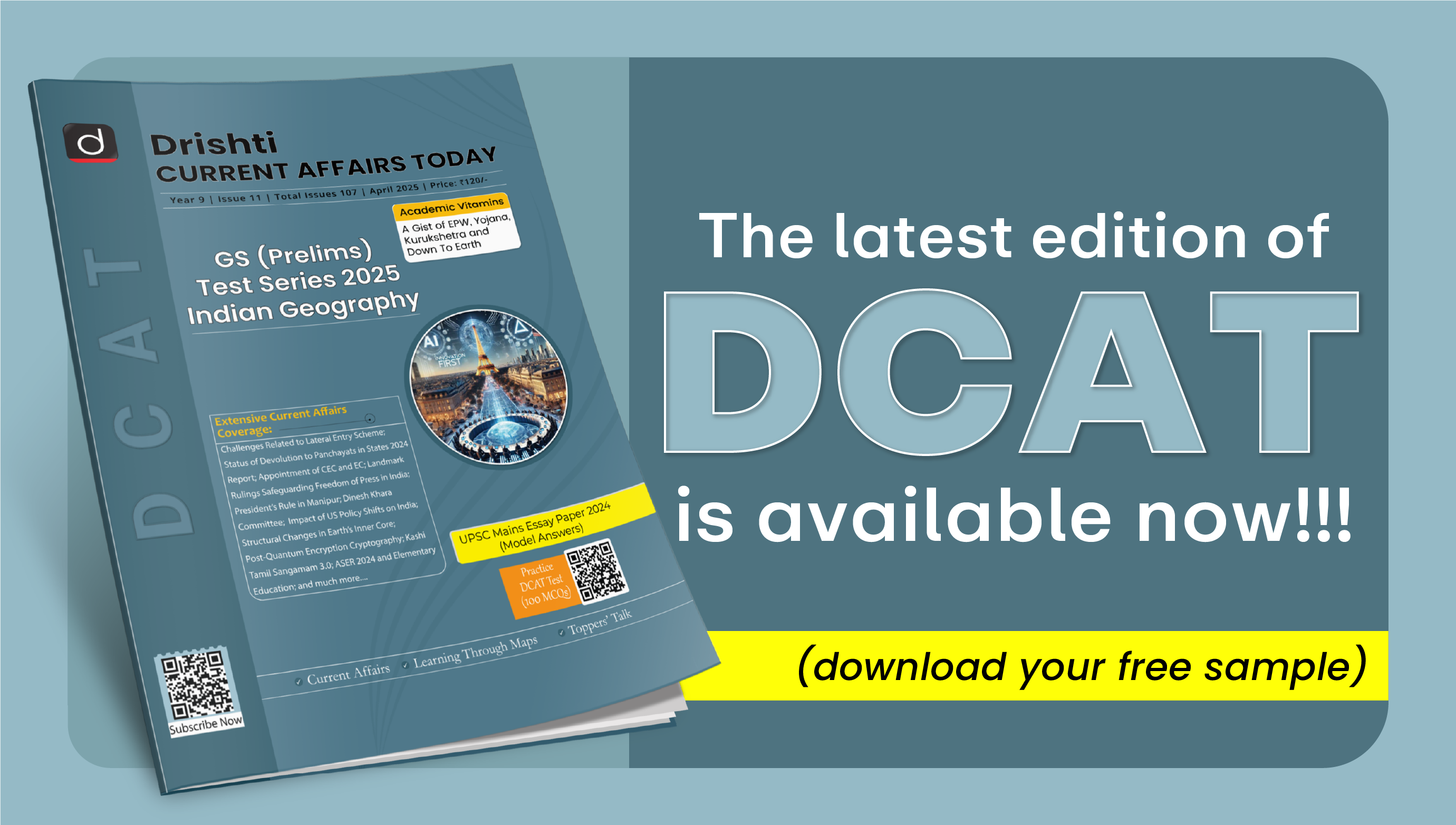
Jharkhand Switch to Hindi
Campaign for NAFLD in Jharkhand
Why in News?
Ranchi is set to become the first district in Jharkhand to implement a large-scale campaign for the screening and management of Non-Alcoholic Fatty Liver Disease (NAFLD).
Key Points
- Objective and Implementation:
- Ranchi will launch Jharkhand’s first large-scale screening and management campaign for NAFLD under the National Programme for Prevention and Control of Non-Communicable Diseases (NP-NCD).
- The initiative focuses on early detection, capacity building, and strengthening healthcare infrastructure to combat the rising burden of fatty liver disease.
- Launch and Significance:
- The campaign will be launched on 19th April 2025, World Liver Day.
- Two-Phase Implementation:
- Phase 1 (April–June 2025):
- Targets high-risk individuals—those with obesity, diabetes, and hypertension.
- Includes screening of 30,000 general population members.
- Phase 2 (July–November 2025):
- Expands screening to all adults over 18 years across Ranchi district.
- Phase 1 (April–June 2025):
- The Institute of Liver and Biliary Sciences (ILBS), New Delhi, will provide technical support.
- Mobile Screening Vans:
- State-of-the-art mobile vans, equipped with Fibro-Scan technology, will conduct free screenings in urban and rural areas.
- Each van costs Rs 1 crore and ensures accurate diagnosis through advanced liver screening methods.
- Health Impact and Need for Early Detection:
- Nearly 50% of OPD patients in Ranchi suffer from liver-related ailments.
- On average, 25 patients are diagnosed daily, with five requiring hospitalization.
- In the past year, five liver disease-related deaths were recorded, highlighting the need for early intervention.
- Data Collection and Monitoring:
- Screening data will be recorded in a tracking system until the national NCD portal integrates NAFLD-specific records.
- The programme aims to strengthen referral systems to ensure patients receive specialized medical care.
- This initiative positions Ranchi as a pioneer in NAFLD management, setting an example for nationwide liver disease prevention and control.
Nonalcoholic Fatty Liver Disease
- About: NAFLD is a condition where fat accumulates in the liver without alcohol involvement.
- It includes two types: nonalcoholic fatty liver (NAFL) and nonalcoholic steatohepatitis (NASH).
- Types of NAFLD:
- NAFL: Characterized by fat buildup in the liver with minimal to no inflammation or damage.
- It typically doesn’t lead to liver complications but can cause liver enlargement and discomfort.
- NASH: This form includes both fat buildup and liver inflammation, which can lead to liver damage, fibrosis (a condition where the liver develops an excess of scar tissue), and potentially cirrhosis, a condition that increases the risk of liver cancer.
- NAFL: Characterized by fat buildup in the liver with minimal to no inflammation or damage.
- Symptoms and Causes: NAFLD is often symptomless, but conditions like obesity, metabolic syndrome (a cluster of metabolic abnormalities), and type 2 diabetes increase its risk.
- Diagnosis: NAFLD is diagnosed through medical history, physical exams, and tests such as blood tests, imaging, and liver biopsy to distinguish between NAFL and NASH.
- Treatment: Weight loss is key to managing NAFLD, as it can reduce fat, inflammation, and liver fibrosis (a condition where the liver develops an excess of scar tissue, or collagen, due to chronic inflammation).
- Prevention: A healthy diet and maintaining a healthy weight can help prevent or manage NAFLD. Diet changes and weight loss are recommended for those affected.


Uttar Pradesh Switch to Hindi
Techkriti 2025
Why in News?
Asia's largest inter-college technology and entrepreneurship festival ' Techkriti' was organised in Kanpur, Uttar Pradesh from 27 to 30 March 2025.
Key Points
- Techkriti Festival:
- It is the annual technical and entrepreneurship festival of the Indian Institute of Technology (IIT) Kanpur, started in the year 1995.
- The main objective of this festival is to inspire students in the field of science, technology and innovation , so that they can move forward with new thoughts and ideology.
- In the year 2000, the festival also expanded to include startups, entrepreneurship and workshops, resulting in the festival becoming a broader and more diverse technology festival.
- Address and Theme:
- The festival was inaugurated by CDS General Anil Chauhan
- He highlighted the need for advancement and modernisation of the Indian Armed Forces and focused on areas such as cyber, Artificial intelligence (AI), quantum technology and cognitive as challenges in future wars.
- The theme of this year's festival was " Panta Rei" (Everything Flows).
- Rakshakkriti: Defense Expo
- A special defence exhibition was held, showcasing future military technologies.
- The exhibition showcased AI-based warfare systems, autonomous drones and indigenous defence innovations.
- India's commitment to move towards 'Atmanirbhar Bharat' and reduce foreign defence dependence was reiterated.
Artificial Intelligence
- Introduction:
- AI refers to the ability of computers or computer-controlled robots to perform tasks that are normally performed by humans because such tasks require human intelligence and judgment.
- Although there are currently no AI systems that can perform a wide variety of tasks that a normal human can perform, some AI may be able to perform certain specific tasks that humans perform.
- Features and components:
- Deep learning (DL) technology enables automatic learning through large amounts of unstructured data such as text, images, or videos .
- The ideal characteristic of artificial intelligence is its ability to take rational actions that achieve a specific goal. Machine learning (ML) is a type of AI.
- Types of AI:
- Weak Al or narrow Al- This AI is designed for specific tasks such as playing chess, recognizing faces or making recommendations. Examples include Siri, Watson, AlphaGo.
- General Al- The ability to perform any intellectual task a human can, including reasoning, learning, and planning. No current example, but researchers are working on it.
- Super Al- Hypothetical Al that exceeds human intelligence, excelling at tasks involving cognitive abilities such as creativity, self-awareness, and emotion. No current examples, only future possibilities.


Uttar Pradesh Switch to Hindi
Ahaetulla Longirostris Snake
Why in News?
A rare snake, Ahaetulla longirostris (long-snouted vine snake), was discovered in Dudhwa Tiger Reserve in Uttar Pradesh .
Key Points
- About the snake:
- It was discovered during a rhino shifting operation in the Palia division of Dudhwa Tiger Reserve.
- Earlier this snake was found only in the forests of Valmiki Tiger Reserve in West Champaran, Bihar.
- Features:
- Its body is long, slender, and green or brown in color, which distinguishes it from other snakes.
- Its long nose (rostral) is also a major identification mark.
- It mainly lives on trees and can easily hide among the branches and leaves.
- It is mildly poisonous, its poison is not very dangerous for humans.
- Family: Colubridae
Dudhwa Tiger Reserve
- It represents the best natural forests and grasslands in the Terai region of Uttar Pradesh, located on the Indo-Nepal border in the Lakhimpur-Kheri district of Uttar Pradesh.
- The reserve is known for its rich biodiversity, home to a wide variety of flora and fauna including the Bengal tiger, Indian rhinoceros, swamp deer, leopard and several species of birds.
- The Terai Arc Landscape (TAL) includes three important protected areas:
- Dudhwa National Park
- Kishanpur Wildlife Sanctuary
- Katarnia Ghat Wildlife Sanctuary
- The three protected areas have been combined as Dudhwa Tiger Reserve under Project Tiger, being the last viable home of the Royal Bengal Tiger in the state.
- Dudhwa National Park and Kishanpur Wildlife Sanctuary were included in the Dudhwa Tiger Reserve in the year 1987 and Katarnia Wildlife Sanctuary was included in the year 2000.


Uttar Pradesh Switch to Hindi
India-Nepal Literature Festival
Why in News?
A three-day India-Nepal Literature Festival was organised in Vrindavan (Mathura), Uttar Pradesh.
Key Points
- About the festival:
- The event was organised by Geeta Shodh Sansthan, an affiliate of Uttar Pradesh Braj Teerth Vikas Parishad, and Krantidhara Sahitya Academy, Meerut.
- More than 180 litterateurs, writers, journalists and educationists from India and Nepal participated in this festival.
- The main objective of this festival was to promote and enhance the literary and cultural heritage of both the countries.
- Importance:
- The exchange of literature and culture was encouraged.
- Cooperation between the litterateurs of India and Nepal was promoted.
- Traditional and contemporary literature got a new direction.
India-Nepal relations
- As neighbours, India and Nepal share a unique relationship of friendship and cooperation , characterized by an open border, kinship between the people of the two countries and strong cultural ties.
- India contributes nearly two-thirds of Nepal's merchandise trade and nearly one-third of its services trade .
- Battalion level joint military exercise, 'Surya Kiran' , is conducted on rotation basis in both India and Nepal.
- India assisted Nepal mainly by upgrading 10 roads in the Terai region , establishing cross-border rail links at Jogbani-Biratnagar and Jaynagar-Bardibas , and setting up integrated check posts at major locations like Birgunj, Biratnagar, Bhairahawa and Nepalgunj .
- India has signed three sister-city agreements to connect Kathmandu-Varanasi, Lumbini-Bodh Gaya and Janakpur-Ayodhya.


Rajasthan Switch to Hindi
Judges Appointed in Rajasthan High Court
Why in News?
Four new judges were appointed in the Rajasthan High Court , taking the number of judges in the court to 38.
Key Points
- About the Judges:
- Chief Justice Manindra Mohan Shrivastava administered the oath to the Judges at a formal ceremony held in the court.
- The new judges include Anand Sharma from Jaipur and Sunil Beniwal, Mukesh Rajpurohit and Sandeep Shah from Jodhpur.
- Appointment of Judges of the High Court:
- Article 217 of the Constitution: It says that the Judge of the High Court shall be appointed by the President in consultation with the Chief Justice of India (CJI), the Governor of the State .
- In the case of appointment of a Judge other than the Chief Justice, the Chief Justice of the High Court is consulted.
- Consultation process: High Court judges are recommended by a collegium consisting of the CJI and two senior-most judges.
- The proposal is made by the Chief Justice of the High Court concerned in consultation with two senior-most colleagues.
- The recommendation is sent to the Chief Minister, who advises the Union Law Minister to send the proposal to the Governor.
- The Chief Justice of the High Court is appointed on the basis of the policy that the Chief Justice of a State will be from outside the concerned State.
- Article 217 of the Constitution: It says that the Judge of the High Court shall be appointed by the President in consultation with the Chief Justice of India (CJI), the Governor of the State .
Rajasthan High Court
- The Rajasthan High Court is located in Jodhpur and was established on 29 August 1949 under the Rajasthan High Court Ordinance, 1949 .
- At present the sanctioned strength of judges in this court is 50, while the number of serving judges till March 2025 is 38.
- Before the unification of Rajasthan, five different High Courts were functioning in different units of the state. The Rajasthan High Court Ordinance, 1949 abolished these different courts and provided for a single High Court for the entire state.
- Initially the Rajasthan High Court was headquartered in Jaipur and was inaugurated by Rajpramukh Maharaja Sawai Man Singh on 29 August 1949.
- Later, after the complete integration of Rajasthan in 1956 , it was shifted to Jodhpur on the recommendation of the Satyanarayan Rao Committee .
- The first Chief Justice of Rajasthan High Court was Kamla Kant Varma .


Rajasthan Switch to Hindi
Rajasthan's First International AI Robotics Institute
Why in News?
On 1 April 2025, a dedicated Institute of Artificial Intelligence , Robotics, and Cybernetics was inaugurated at NIMS University, Jaipur .
Key Points
- About the Institute:
- This institute is an important part of the agreement between the Government of Rajasthan and NIMS University under the ' Rising Rajasthan' initiative.
- Objective :
- Its main objective is to make Rajasthan a global hub of digital innovation and artificial intelligence (AI) .
- The institute will have 15 state-of-the-art laboratories, equipped with over 500 high-performance computers.
- Moreover, the Institute has been recognised as the Indo-Pacific European Hub for Digital Partnership (INPACE) , which will promote digital cooperation between India and Europe.
- The institute will promote cutting-edge research and development in the fields of AI, robotics and cybersecurity in collaboration with the European Union (EU) and other global organisations.
Artificial Intelligence
- Introduction:
- AI refers to the ability of computers or computer-controlled robots to perform tasks that are normally performed by humans because such tasks require human intelligence and judgment.
- Although there are currently no AI systems that can perform a wide variety of tasks that a normal human can perform, some AI may be able to perform certain specific tasks that humans perform.
- Features and components:
- Deep learning (DL) technology enables automatic learning through large amounts of unstructured data such as text, images, or videos .
- The ideal characteristic of artificial intelligence is its ability to take rational actions that achieve a specific goal. Machine learning (ML) is a type of AI.
European Union
- Establishment: It was founded by six countries (Belgium, France, Germany, Italy, Luxembourg and the Netherlands) in 1951 after the Second World War (1939-45).
- Current member countries: Currently it comprises 27 countries (Austria, Belgium, Bulgaria, Croatia, Republic of Cyprus, Czech Republic, Denmark, Estonia, Finland, France, Germany, Greece, Hungary, Ireland, Italy, Latvia, Lithuania, Luxembourg, Malta, Netherlands, Poland, Portugal, Romania, Slovakia, Slovenia, Spain and Sweden).
- Britain joined the European Union in 1973 and left it in the year 2020 ( Brexit ).
- Demographics: In the European Union, Germany has the largest population and France is the largest by area while the smallest country is Malta.
- Open borders: The Schengen Area allows free movement of most EU members, except for Cyprus and Ireland .
- Four non-EU countries (Iceland, Norway, Switzerland and Liechtenstein) are also part of Schengen.
- Single market : free movement of goods, services, capital and people within the EU.
- Climate Goals: It has set a target of being climate-neutral by 2050 and reducing emissions by 55% by 2030.



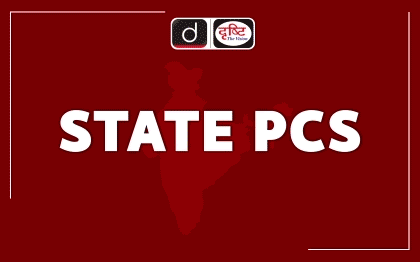
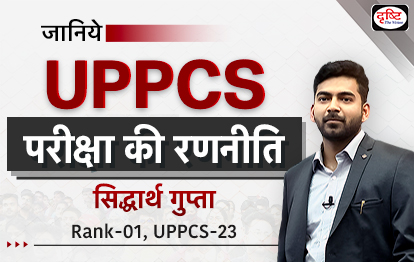


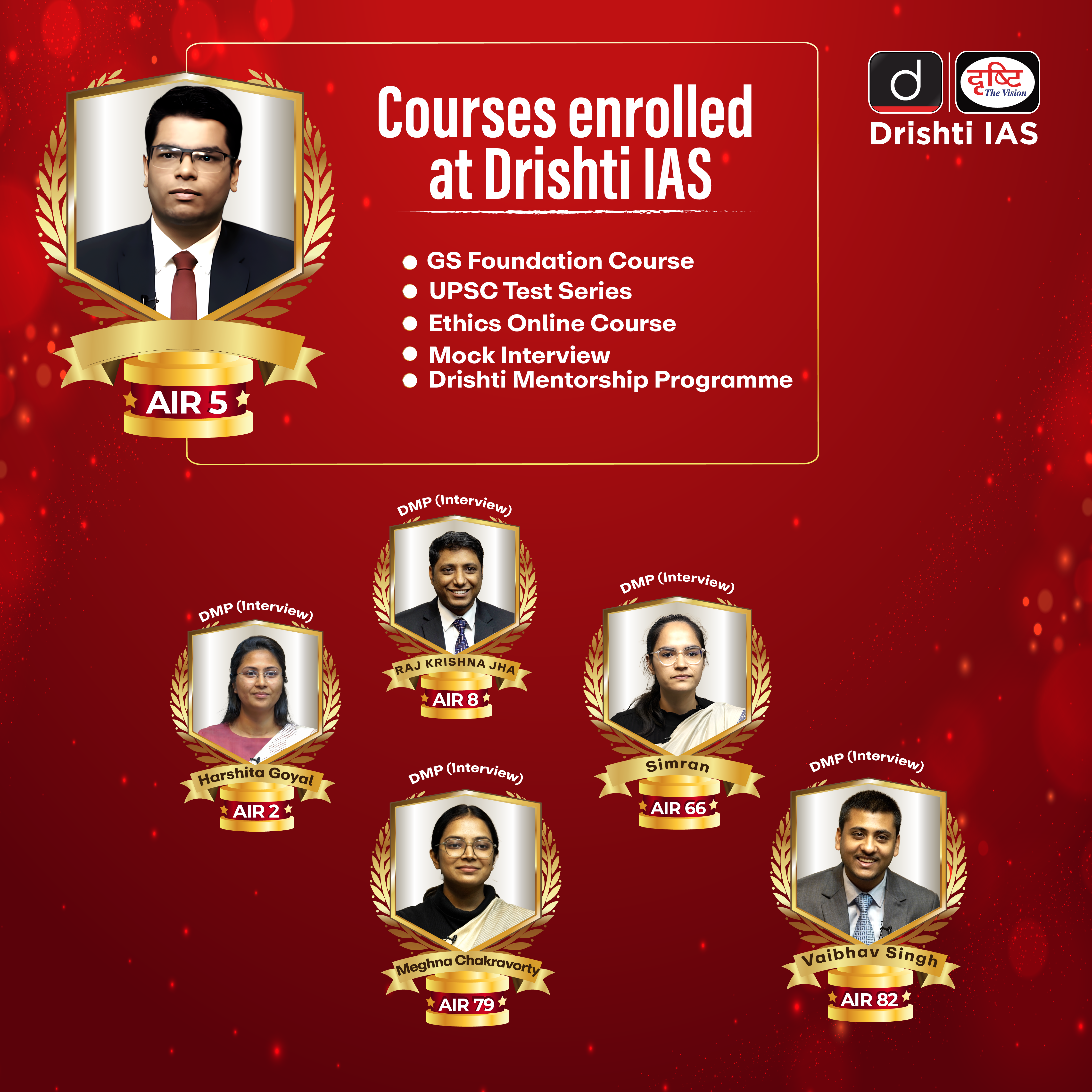


%20MPPCS%202025%20Desktop%20E.jpg)
%20MPPCS%202025%20Mobile%20E%20(1).jpg)

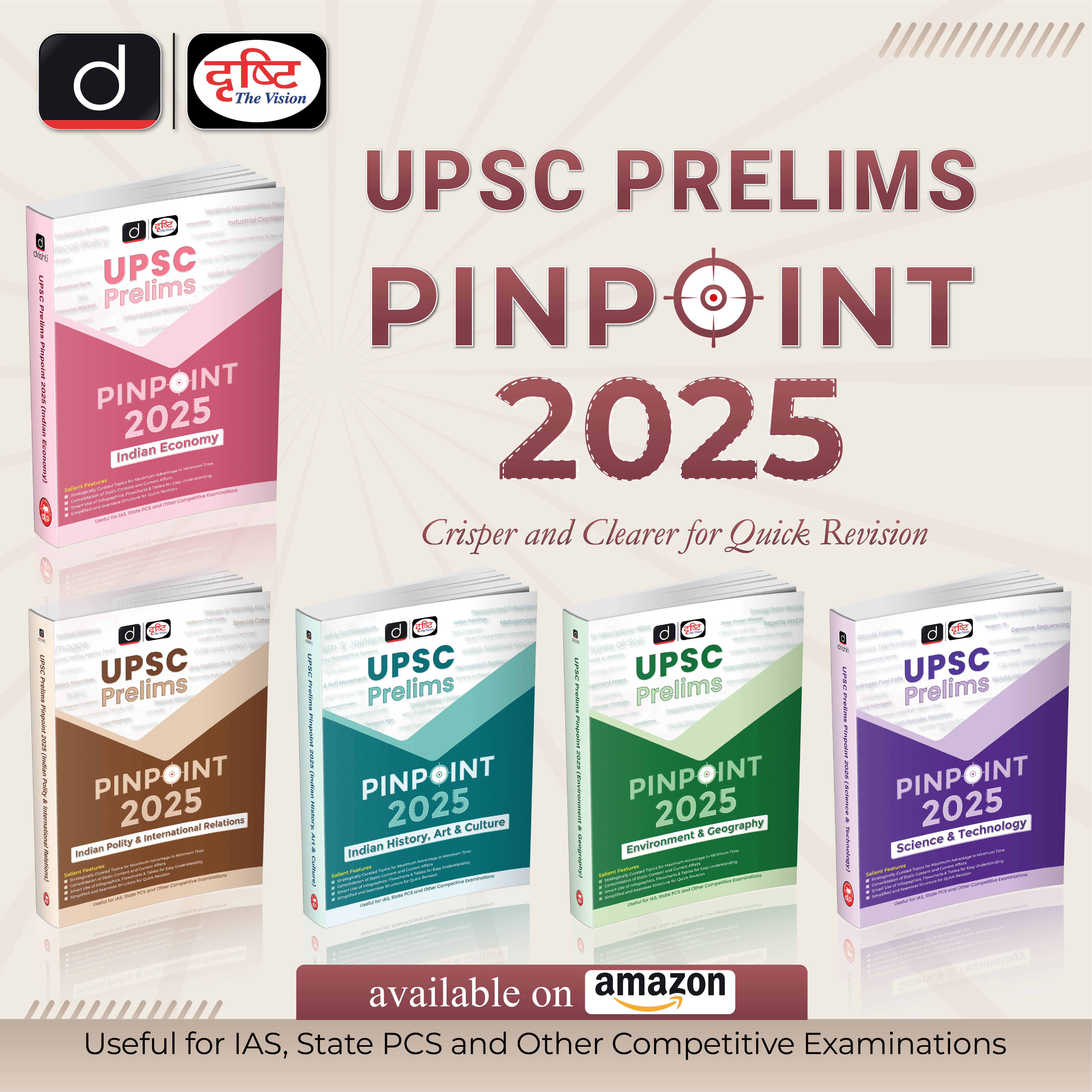







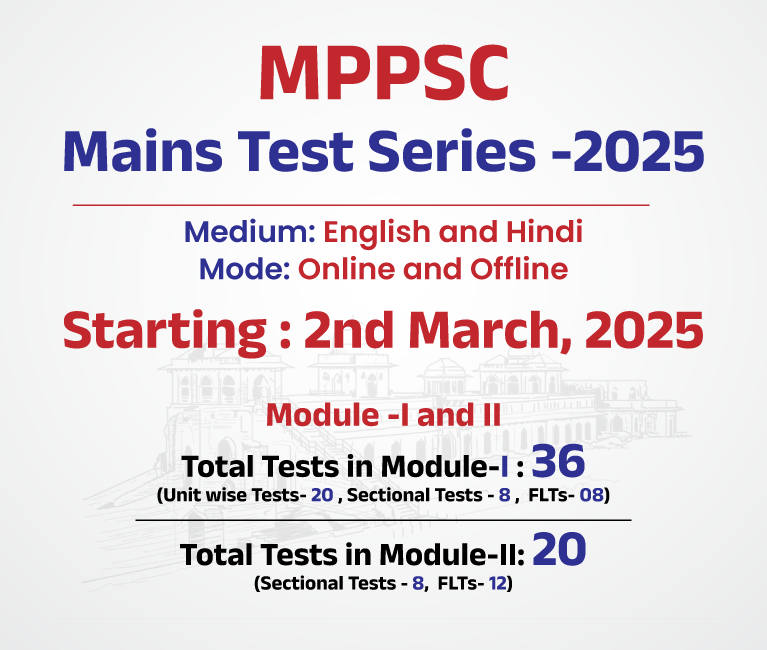
.png)
.png)

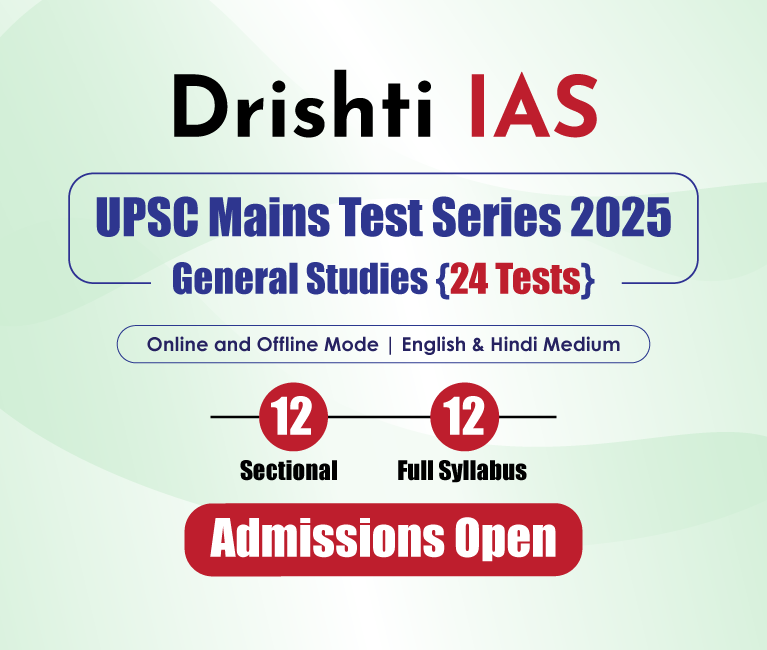

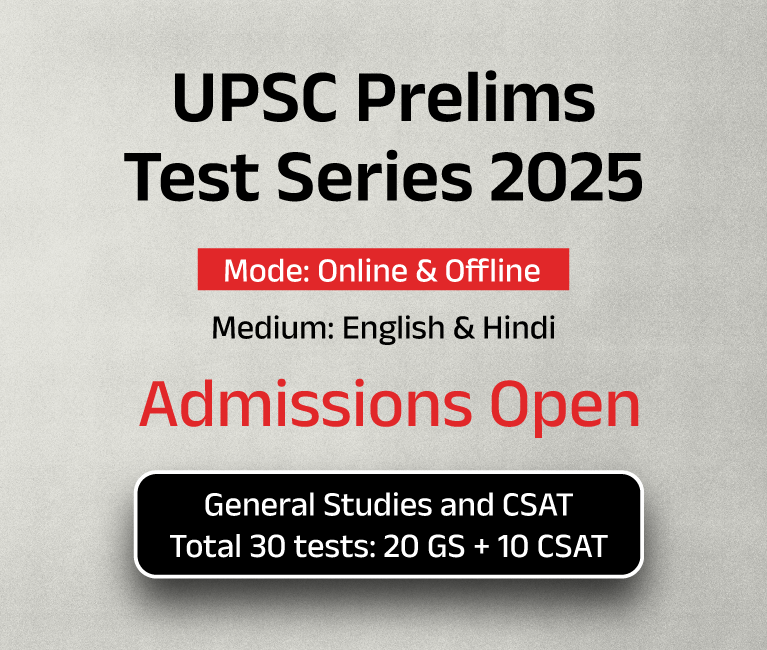

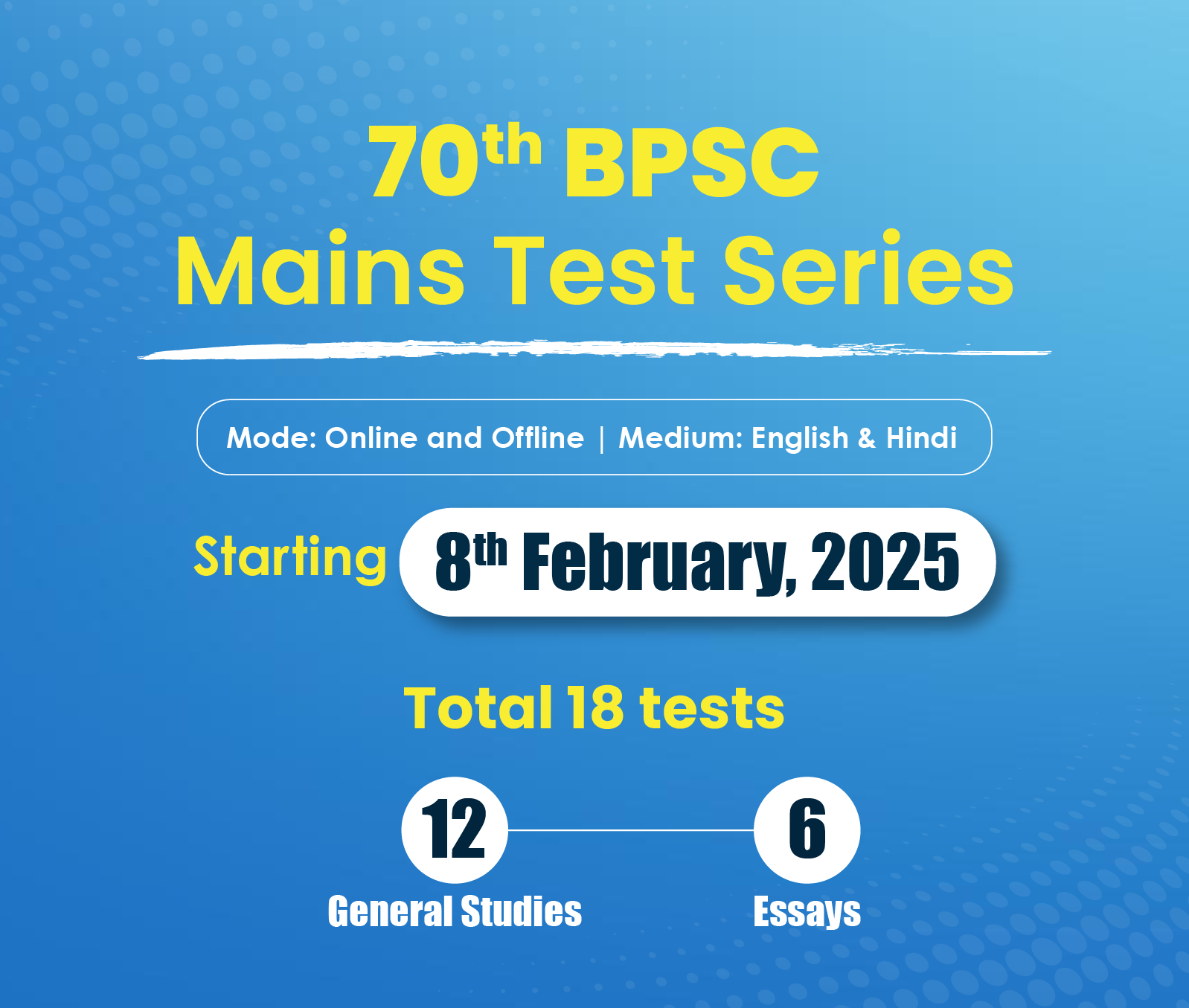

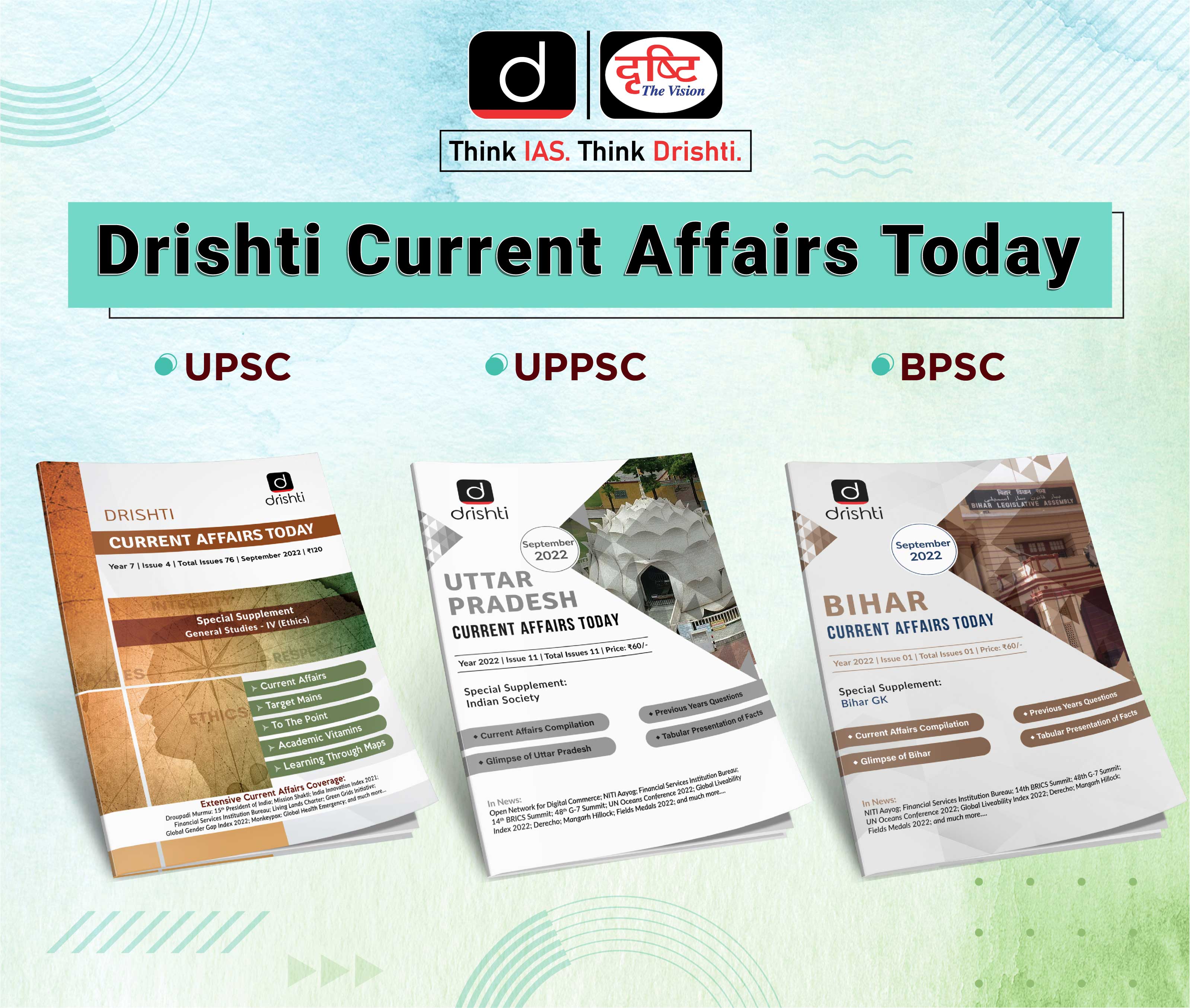

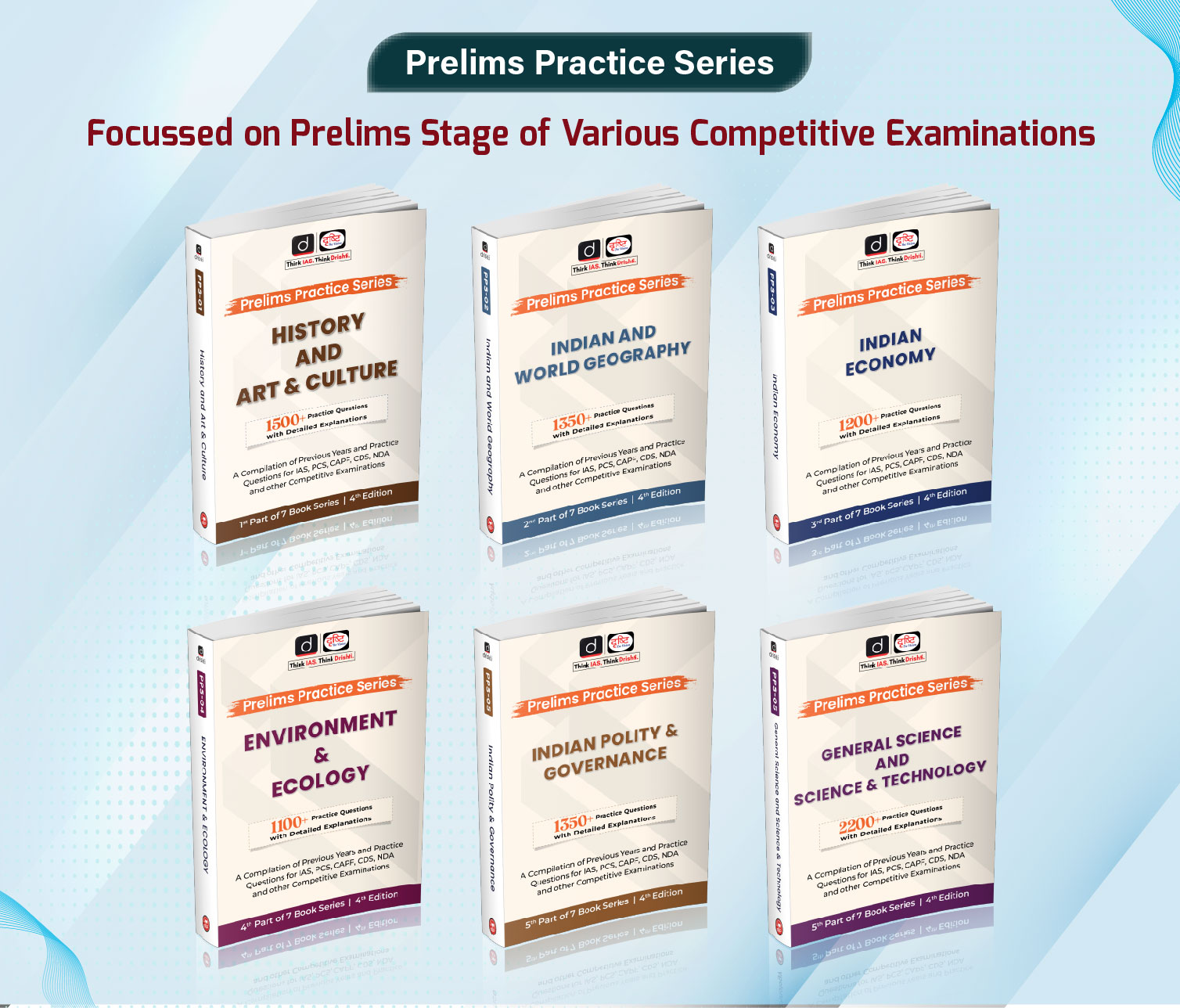

 PCS Parikshan
PCS Parikshan